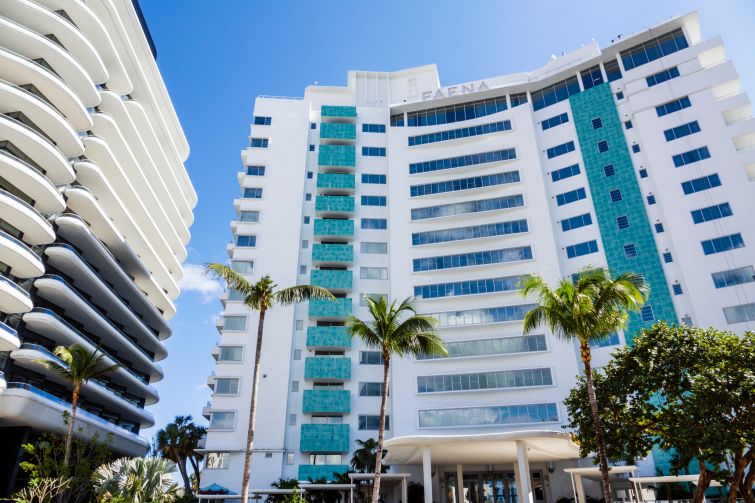Bills Weakening Protections for Historic Miami Beach Buildings Face Last Hurdles
By Julia Echikson February 27, 2024 4:28 pm
reprints
A pair of bills designed to address environmental and building safety concerns — but which critics fear will make it easier for owners to tear down historic properties in parts of Miami Beach — are advancing through the Florida Legislature.
Known as the Resiliency and Safe Structures Act, the proposed legislation would permit owners to tear down historic properties facing the ocean if they don’t conform to Federal Emergency Management Agency (FEMA) building standards, and if local building officials deem them unsafe.
Additionally, in a win for developers, the proposed legislation would hamstring the powers of municipalities to dictate what can replace the demolished structures.
Under the parallel proposals in the state House and Senate, the replacement project would be subject to regular zoning laws, effectively barring local historical boards from imposing additional regulations. Local officials also would be banned from holding additional public hearings about the affected sites.
Both proposals got approval from three subcommittees. The Senate bill heads for a second reading on Wednesday, and the House will go for a first reading on Thursday. Bills are voted on after a third reading. Florida’s legislative session ends March 8.
Proponents say new regulation is needed for aging structures following the deadly collapse of the Champlain condo building in 2021, and that municipalities have gone too far in protecting historic buildings to the detriment of property owners.
But preservationists fear that, if passed, the legislation will lead to an increase in the demolition of historic buildings along Miami Beach, and that the bills are just a pretext to enable luxury development.
The legislation could “have severe and irreparable consequences for Florida’s coastal heritage,” Sara Bronin, chair of the federal Advisory Council on Historic Preservation, wrote in an open letter to Florida lawmakers earlier this month.
The bills target nonconforming buildings east of the coastal construction control line, established by the Florida Department of Environmental Concerns to delineate how close to the coast developers can build. At risk are the MiMo-style resorts in Miami’s Mid-Beach, including the Faena and Eden-Roc, as well as the Art Deco buildings in the South-of-Fifth neighborhood, such as The Savoy Hotel and Marriott Stanton South Beach.
Exempted, though, are all single-family homes as well as areas and structures that were placed on the National Register of Historic Places before 2000, such as the Fontainebleau resort and the Miami Beach Historic District in South Beach, which includes the famed Ocean Drive promenade.
The Republican lawmakers who are sponsoring the legislation, Sen. Bryan Avilan and Rep. Spencer Roach, filed similar bills last year, which failed after fierce backlash from some local officials and preservationists.
Unlike last year’s versions, the latest proposals exempt much of Palm Beach and St Augustine, whose mayor expressed support for the legislation.
The Miami Design Preservation League opposes the legislation and is exploring legal options should it become law without further protections for historic properties.
“Time to amend it — or prepare for a court challenge,” Daniel Ciraldo, who heads the Miami Beach-based nonprofit, wrote in an email blast last week to supporters.
Julia Echikson can be reached at jechikson@commercialobserver.com.


